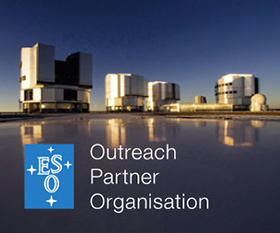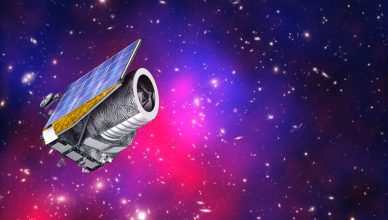
Euclid is closer to revealing the geometry and history of the Cosmos
The two scientific instruments of the Euclid mission will be integrated with the space telescope. Portugal, through the Instituto de Astrofísica e Ciências do Espaço (IA), takes part in the planning and in the future science of this ambitious mission.
Read more
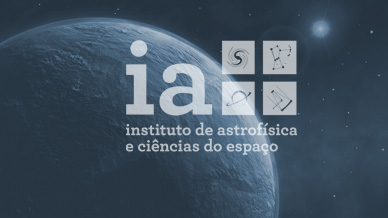
Decades-long deep giant cloud disruption discovered on Venus
A planetary-scale cloud discontinuity has been periodically lashing the depths of the thick blanket of clouds on Venus for at least 35 years, says a study with the participation of the Instituto de Astrofísica e Ciências do Espaço (IA).
Read more
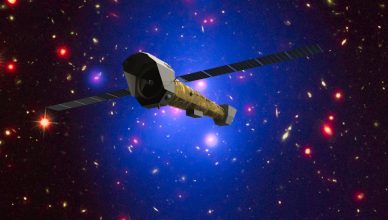
Portugal leads the development of a system for the space telescope that will scan the Universe in X-rays
The Instituto de Astrofísica e Ciências do Espaço (IA) won the contract of the European Space Agency to develop a precision optical system for the future high-energy space telescope.
Read more
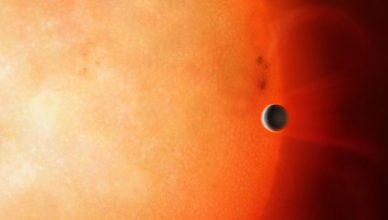
Undressed planet provides glimpse of the inside of giants like Jupiter
The core of a planet stripped of its atmosphere might reveal the nature of the solid inner part of the giant planets in the Solar System, according to a study with the participation of eight researchers of Instituto de Astrofísica e Ciências do Espaço (IA).
Read more
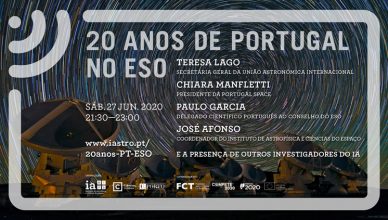
Online session to celebrate twenty years of the expansion of Portuguese Astronomy
Since Portugal became a member of the European Southern Observatory (ESO), there have been countless benefits to the scientific community and to the Portuguese society, which will be celebrated on a series of events organised by the Instituto de Astrofísica e Ciências do Espaço (IA).
Read more
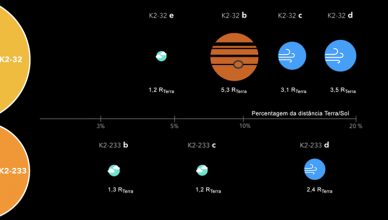
A miniature Solar System and the youngest rocky exoplanets
An international team, which includes several researchers from Instituto de Astrofísica e Ciências do Espaço (IA), has discovered a “miniature” version of our
Read more
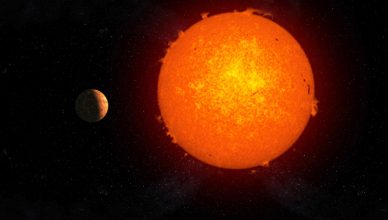
ESPRESSO confirms the nearest exo-Earth
An international team, with the participation of several researchers from Instituto de Astrofísica e Ciências do Espaço (IA), used the ESPRESSO spectrograph to confirmed the presence of the exoplanet Proxima b, the nearest “exo-Earth” to our Solar System.
Read more
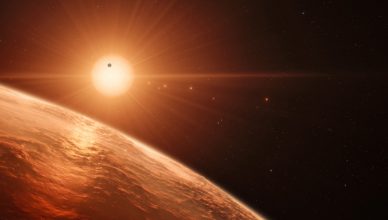
A new machine learning tool to derive stellar parameters
A team from Instituto de Astrofísica e Ciências do Espaço developed an automatic computational tool, able to quickly and reliably derive stellar parameters of red dwarf stars.
Read more

